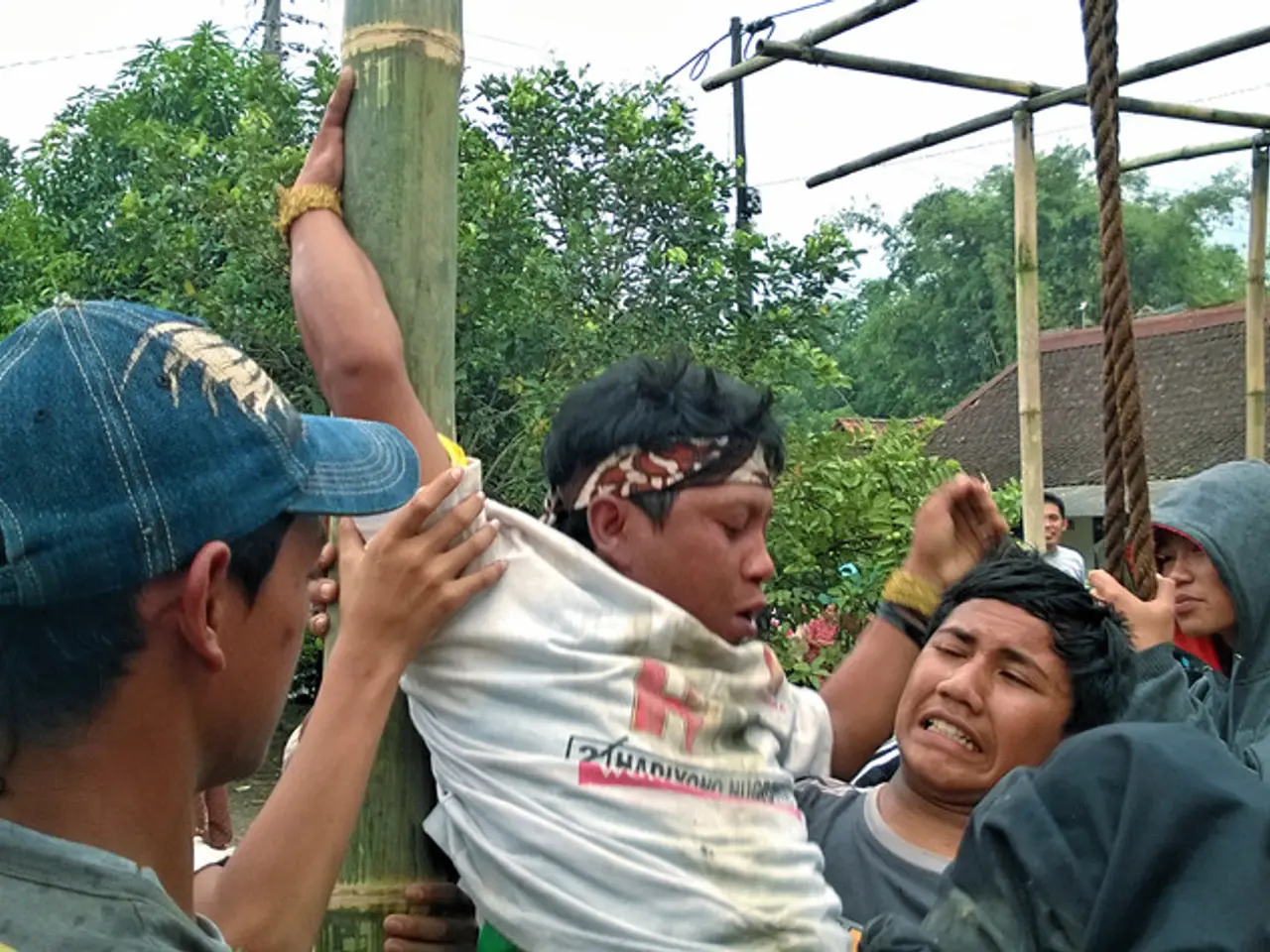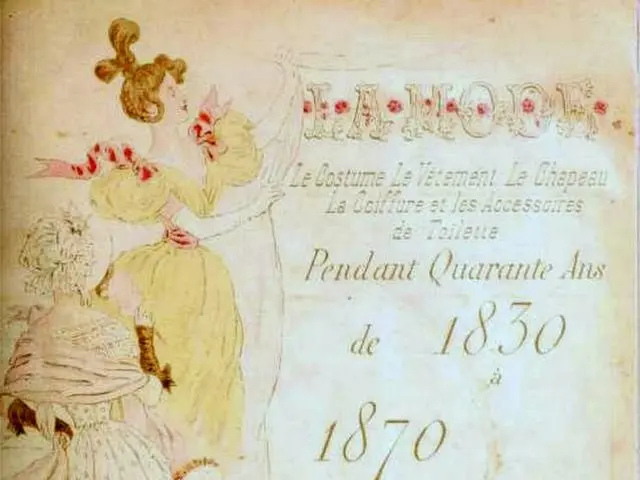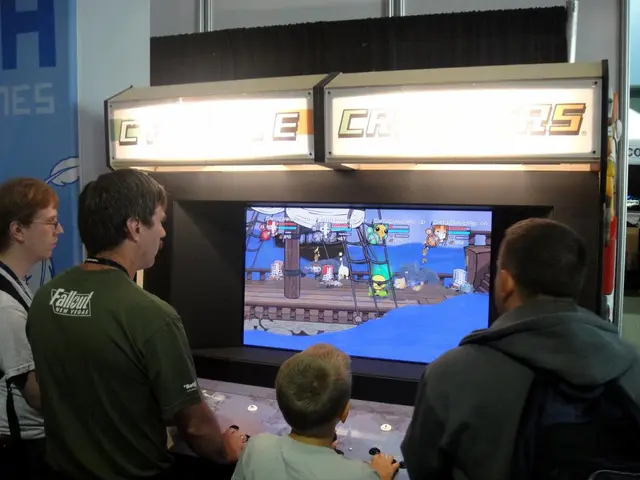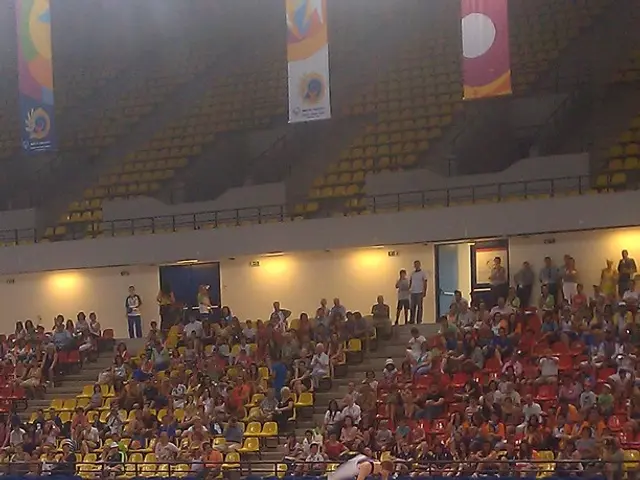Arts and Technology Nexus in the Local Sphere | Pioneering Methods of Legacy Transference
In the heart of Tohoku, Japan, Associate Professor Katsumi Sato of the Graduate School of Education at Tohoku University is making strides in preserving and revitalising the region's local arts. Sato's research focus lies in the intersection of Information Communication Technology (ICT) and education, aiming to support local communities.
Sato's interest in local performing arts stemmed from a unique Japanese teaching method, where students learn by observing and understanding things on their own terms. This approach led him to delve deeper into the rich tapestry of Tohoku's folk traditions.
The Great East Japan Earthquake served as a catalyst for Sato's research, as he sought to understand the role of local performing arts in community resilience and recovery. His work has been instrumental in shedding light on the unique characteristics, dance styles, and costumes that differentiate one form of local performing art from another, even when they share the same name.
One of Sato's most notable projects is the exhibition "BAKERU: Transforming Spirits", presented by Los Angeles' website. This immersive exhibition features motion capture technology and interactive experiences based on Japanese folk traditions from Tohoku, offering visitors a chance to participate in reimagined festival scenes until October 20.
Sato and his team filmed every few months for about two years to obtain motion capture data, which he believes is more objective than video filming as it can provide data that can be interpreted freely. This data has been used to create digital representations of traditional characters, such as Namahage, Shishiodori, Kasedori, and Saotome, who are transformed into divine beings through the wearing of masks and costumes.
However, Sato expresses concern that incorporating local performing arts into school curriculum might lead to their neglect. He believes that the disappearance of these arts would lead to the collapse of the community, highlighting the importance of preserving and promoting these traditions.
WOW, a creative studio involved in a wide field of design work, has been a key collaborator in Sato's projects. The exhibition allows visitors to transform into projected characters wearing special masks and participate in the reimagined festival scenes created by WOW.
Intriguingly, many local performing arts traditions in Tohoku are said to have originated as sacred offerings to the gods and transformed over time. Some costumes have become more elaborate for New Year's day festivities, while others have become more subdued due to prohibitions.
Sato's work is not just about preserving the past; it's about ensuring these traditions continue to evolve and thrive. He believes that Sendai's Shishiodori tradition might predate Iwate's, indicating a fascinating historical connection between these neighbouring regions.
As Sato continues his research, he is not only reviving local arts but also fostering a deeper understanding and appreciation for the rich cultural heritage of Tohoku. His work serves as a testament to the power of ICT in preserving and promoting traditional arts, and in reviving local communities.
Read also:
- Peptide YY (PYY): Exploring its Role in Appetite Suppression, Intestinal Health, and Cognitive Links
- Toddler Health: Rotavirus Signs, Origins, and Potential Complications
- Digestive issues and heart discomfort: Root causes and associated health conditions
- House Infernos: Deadly Hazards Surpassing the Flames








